Sudden Oak Death: What it Means for California
At first, leaves turn an unnatural shade of green and begin to wither. Foliage turns brown and dies, clinging to the branches of the tree before falling to the forest floor. The bark begins to excrete a thick red sap, staining the tree an unnaturally dark color. Cankers and lesions begin to erupt on the branches and trunk, which become colonized by beetles and other organisms until the tree begins to rot from the inside. Collapse and death may occur less than a year after initial infection — allowing entire populations to be wiped out in spans of a few years at most. These are the symptoms of sudden oak death, a disease caused by an invasive pathogen that is currently threatening to wipe out much of the oak tree population of coastal California.
Phytophthora Ramorum, the mold-like pathogen behind sudden oak death, can infect more than 100 species of trees, bushes, and shrubs. However it has been shown to be lethal in just two: the common oak and tanoak. While the effects of sudden oak death are felt nationwide, California has been particularly devastated with 1,400 square miles of coastal wilderness ravaged and 66 million oak trees killed since discovery of the phenomenon in 1995. In Marin, Santa Cruz, and Monterey counties, it has infected 35% of the oak population.
Oak trees, a keystone species, are integral to the the California coastal ecosystem: hundreds, if not thousands of species of flora and fauna, are dependent on oaks to survive. Gray squirrels nest in their branches, many species of caterpillars rely their leaves for food, birds and rodents rely on the acorns they produce as a food source, salamanders thrive on the insects that live in their roots, and deer and bobcats find respite from the sun under their canopies. Many species of lichen and fungi also commonly inhabit oak branches and roots. On top of all of that, oak trees increase soil nutrient content and water retention.
The absence of oak trees would have a negative ripple effect throughout the ecosystem, not to mention bringing about the nostalgic loss of losing one of California’s most iconic trees, the subject of Foothill College’s current logo, a stylized acorn.
Additionally, oak trees play a major role in carbon sequestration, which is the process of removing CO2 from the atmosphere. All plants convert atmospheric CO2 into oxygen by way of photosynthesis, however the sheer biomass of California’s oak forests means that oak trees play a particularly prominent role in that process. This means oak forests play a key role in combating the effects of greenhouse gases and climate change, and their absence could undermine California’s otherwise ambitious climate goals.
Oak death will likely also lead to a sharp rise in wildfires on the California coast. Since one of the primary causal factors of wildfires is an abundance of dry wood from dying or dead trees, sudden oak death — which kills oak trees and leaves them as dry, rotted husks — will likely contribute to this problem.
According to Fire Ecologist Alison Forrestel, “there will likely be an increased prevalence of forest fires, simply as there will be more dead wood to burn. Wildfires are already a huge problem and sudden oak death will only make that worse.”
While tree blights are nothing new from an ecological perspective, what is unique about sudden oak death is the speed at which it has managed to ravage through oak populations. Although sudden oak death has historically been mostly confined to the North Coast, it has recently begun to spread to Santa Clara and Santa Cruz counties, putting the expansive oak forests of the Santa Cruz mountains as well as the oak trees in our own yards at risk. While only a few instances of infected trees have been reported locally thus far, a model created epidemiologist Nik Cunniffe of Cambridge University has projected that sudden oak death could infect nearly 100% of oak trees in the Santa Cruz mountains and surrounding areas by 2030 unless immediate action is taken.
The spread of the disease can largely be attributed to climate change, notably to the rising temperatures and increasingly humid climates in the state of California. The oak death pathogen is very similar to a fungus; it thrives in warm, moist environments and spreads by water, with dew runoff from trees and branches serving as the primary transmission vector.
According to Matteo Garbelotto, forest pathologist at UC Berkeley, “as temperatures rise and humidity increases, larger amounts of the pathogen will survive through the dry season. Increased rainfall and warmer temperatures will lead to more fog and dew runoff, and that will translate into higher epidemic levels.”
Additionally, a warmer and more humid climate could allow the pathogen to push North into areas currently unaffected, such as British Columbia and Alaska. Even though the disease spreads quickly on its own right, human activity and climate change have accelerated that spread, demonstrating the complex consequences of our disruption of the planet’s ecosystems.
It is critical to act now to preserve the greatest number of oak trees as possible. There are a multitude of steps that we can be taking to slow the spread of the disease, and to increase the resistance of individual trees to the pathogen. Trees can be sprayed with a compound marketed as Agri-Fos, a fungicide that has been shown to prevent the pathogen from establishing itself. Entire forests could be treated with the compound, a move that has proven to be costly yet effective.
Right now, the situation for California’s oaks, including those near Foothill, is not favorable. From the expansive oak forests of the Northern coast to the oak trees planted right on Foothill’s campus, no oak tree is safe, unless immediate, extensive preventative action is taken. We have a number of resources at our disposal to slow the spread of the disease and to save millions of trees; the key is whether we realize that saving our oak population is worth the expense.





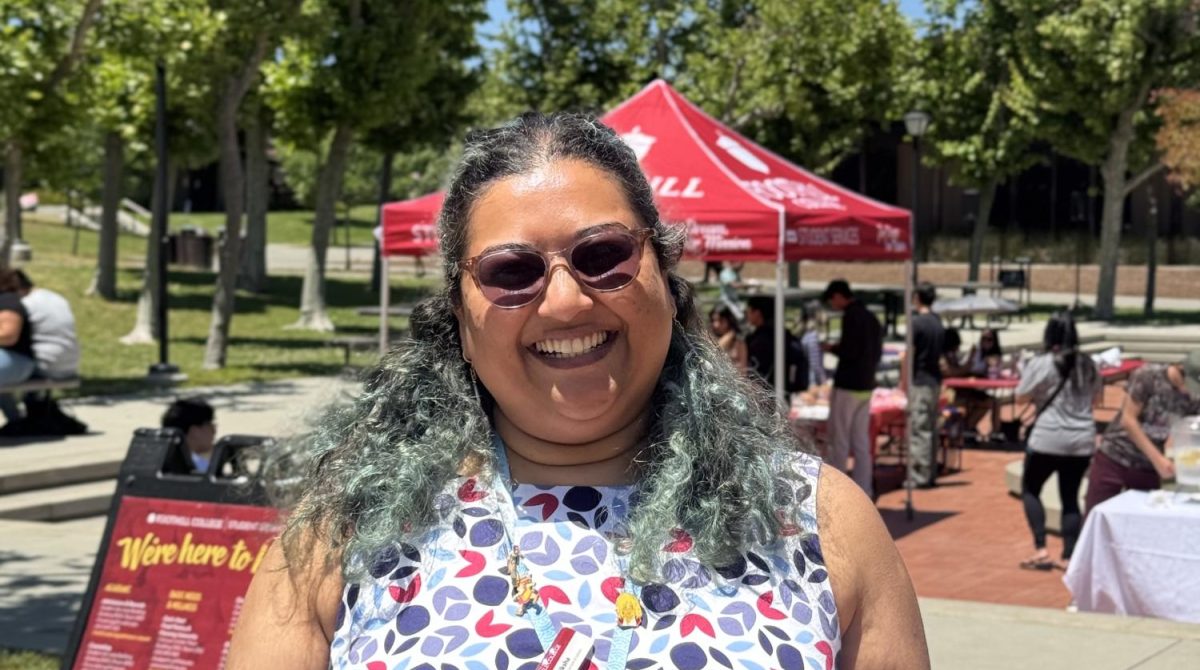


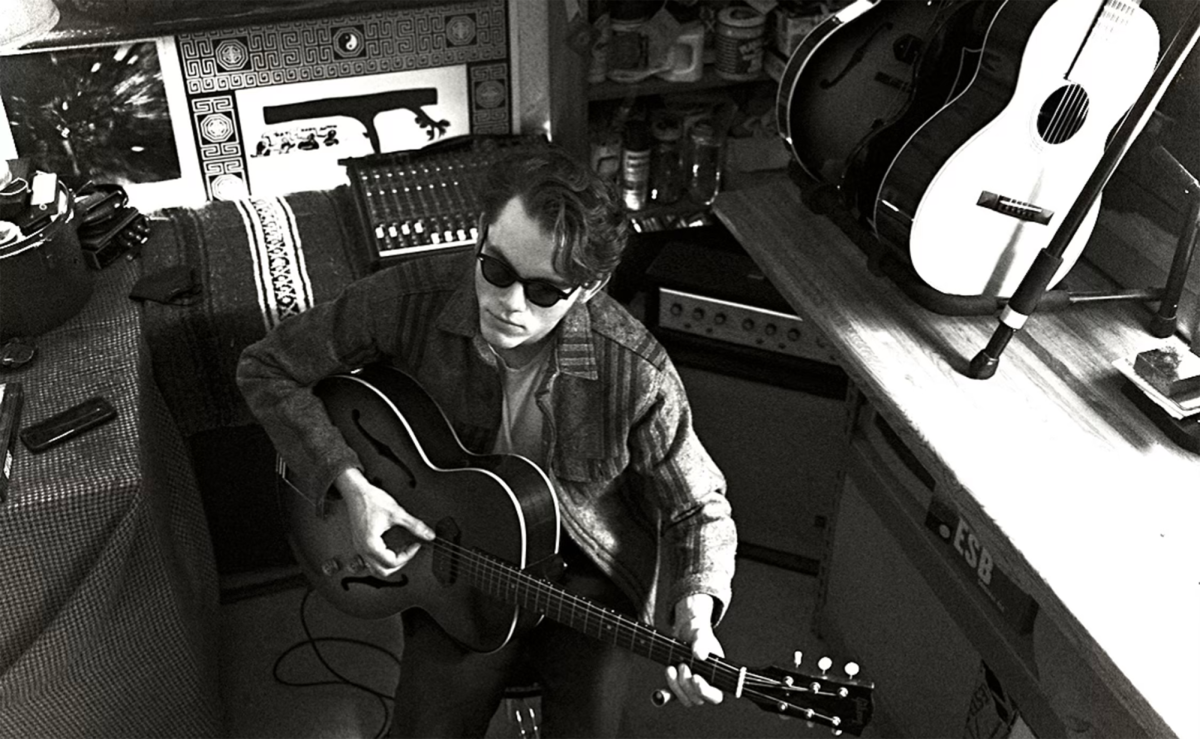
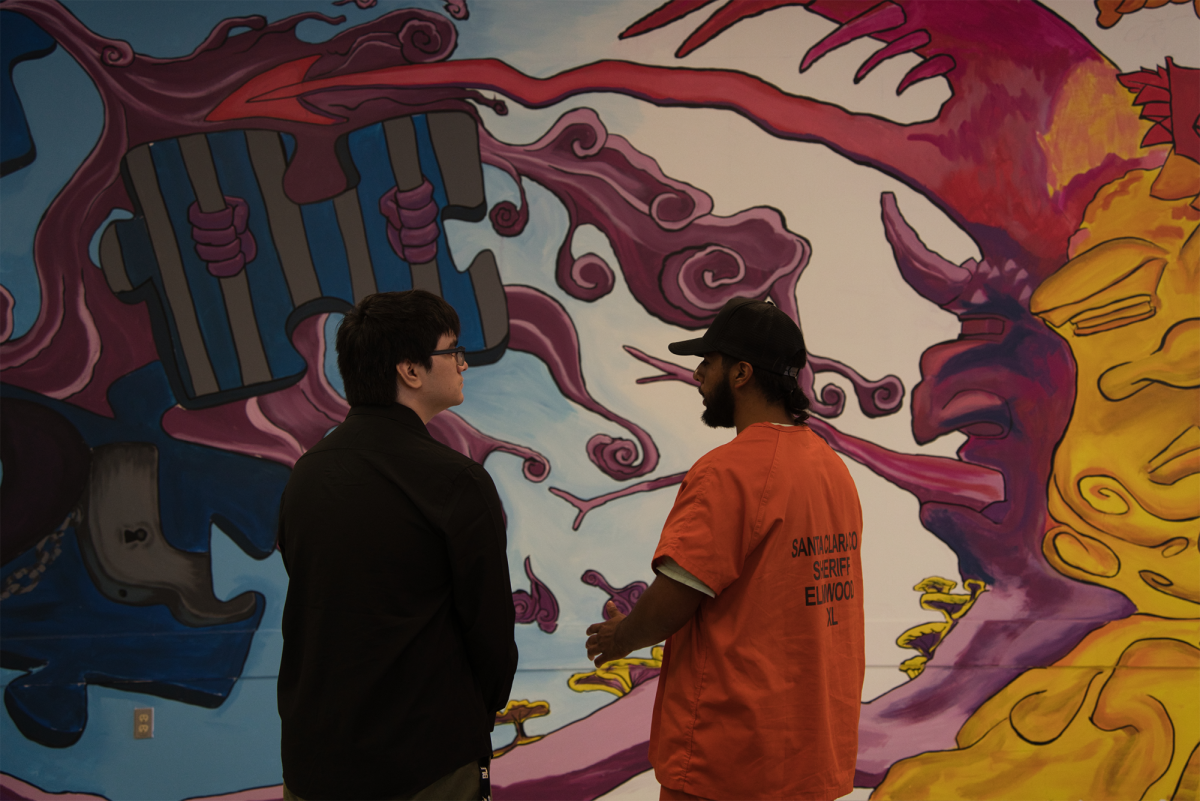


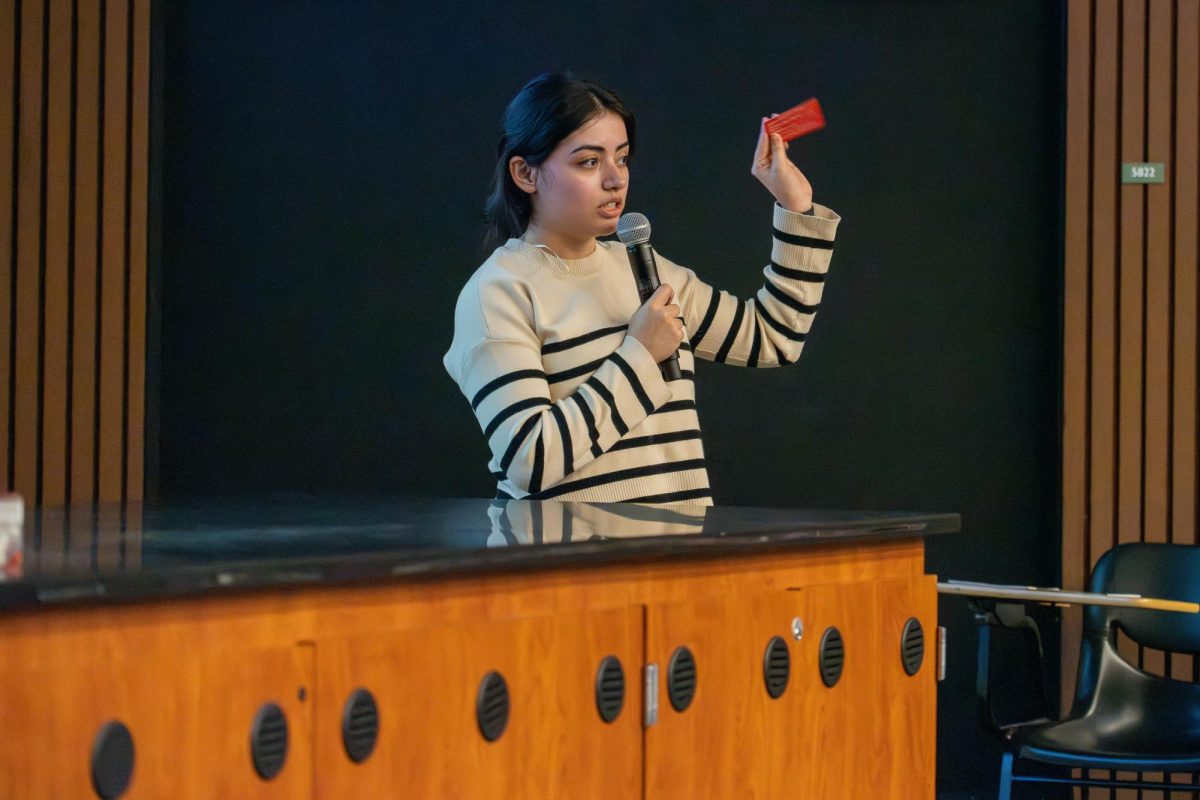
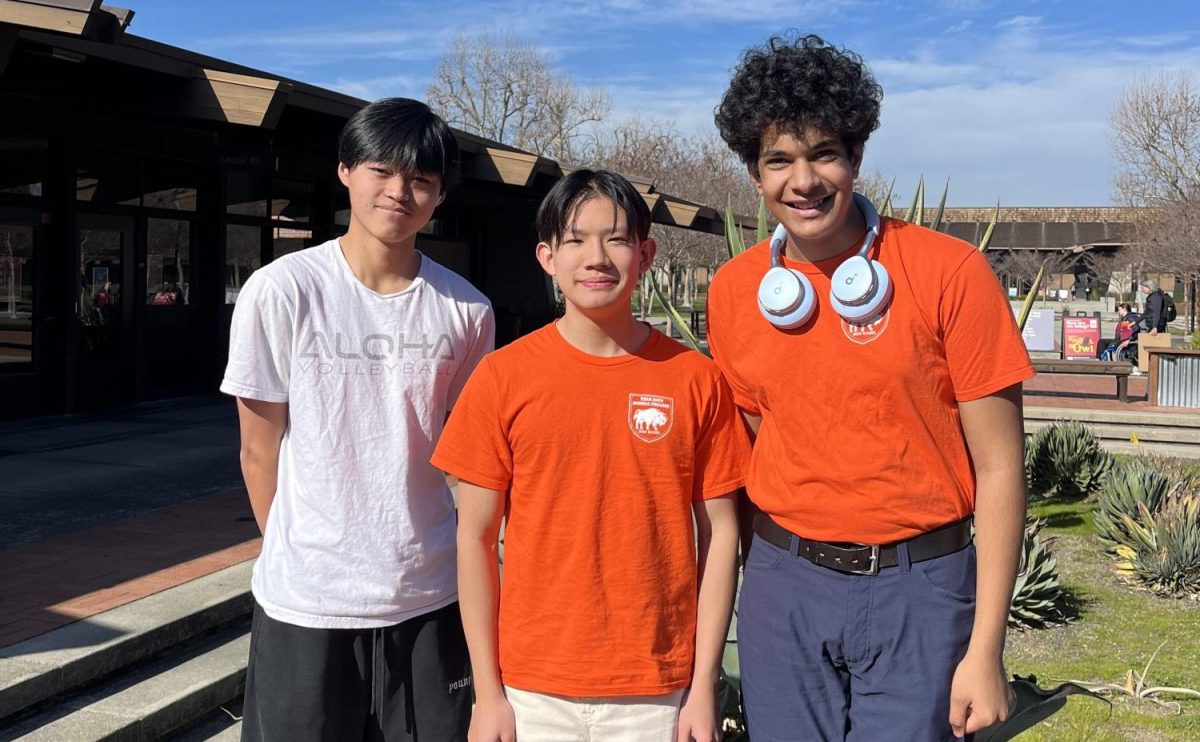
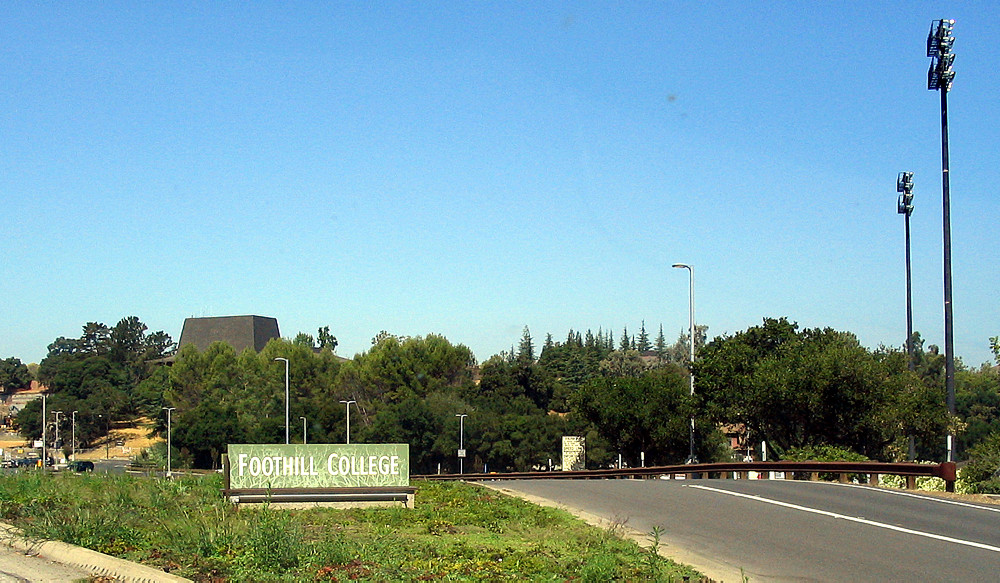





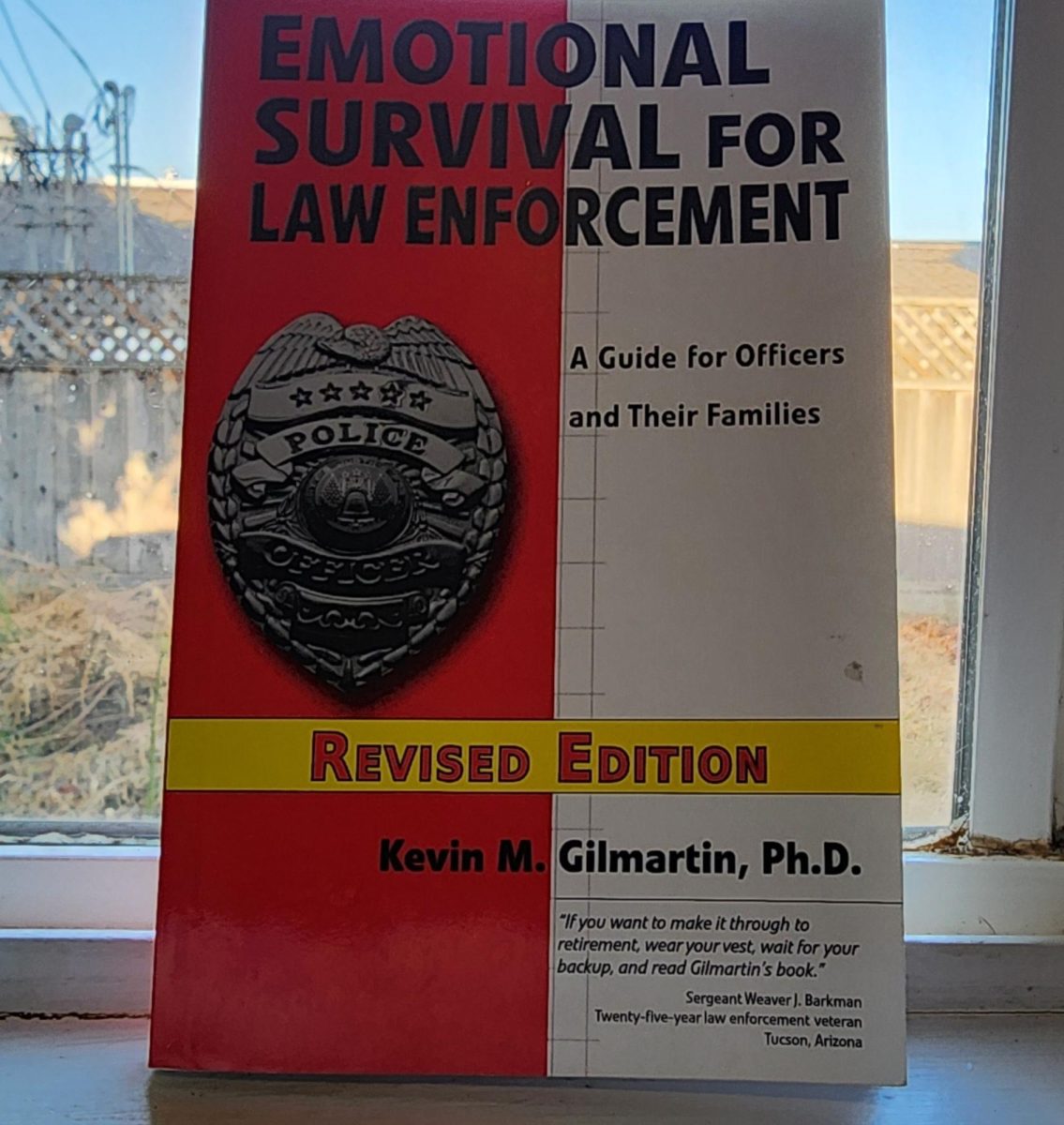






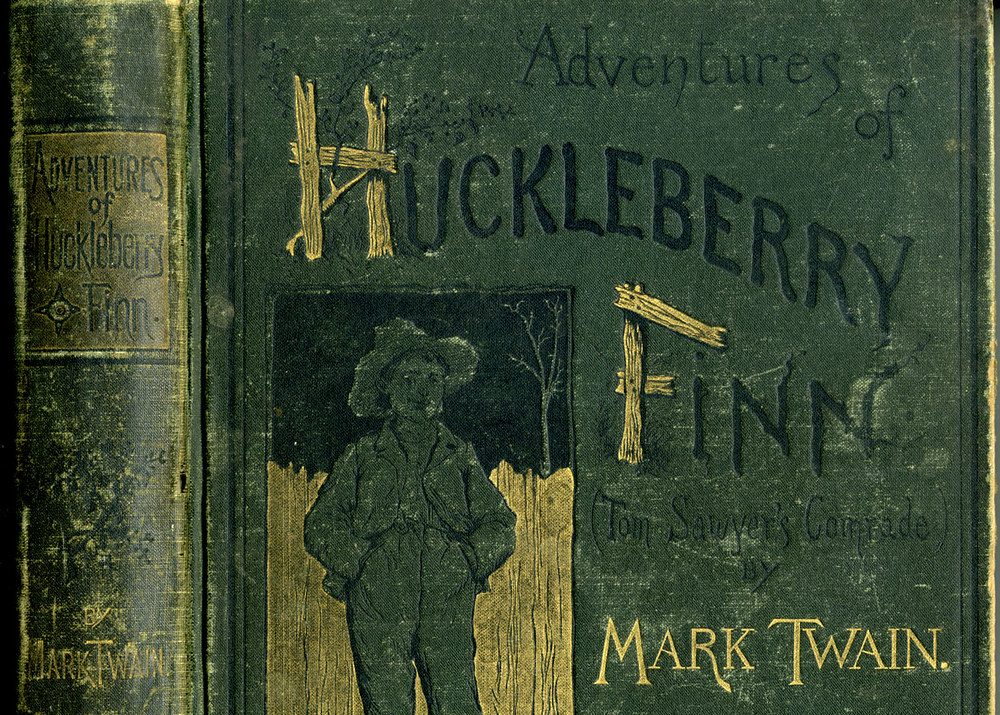
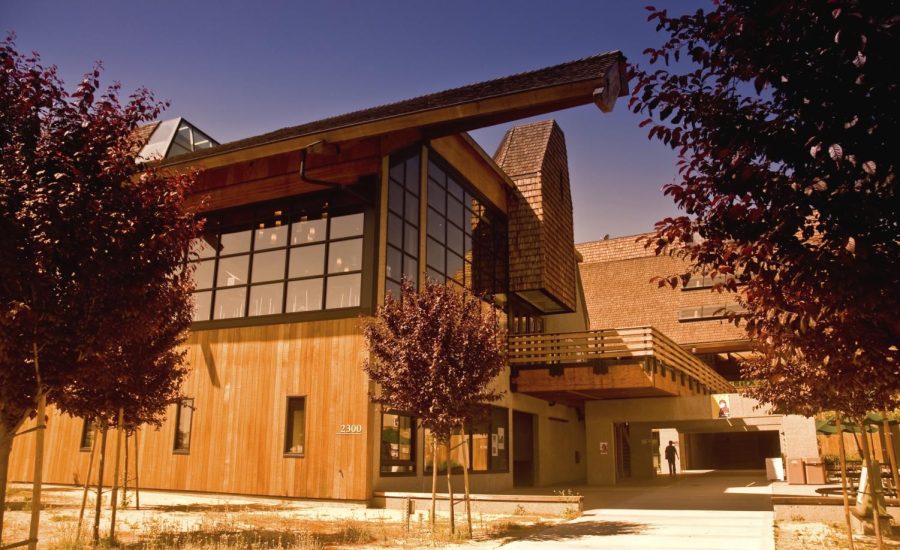



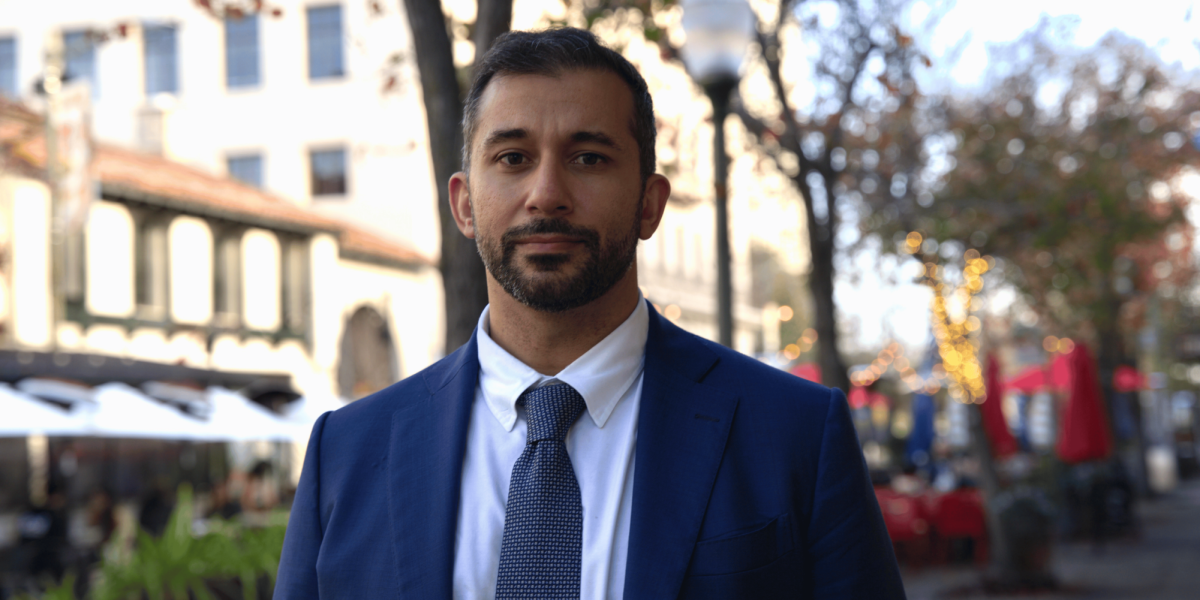











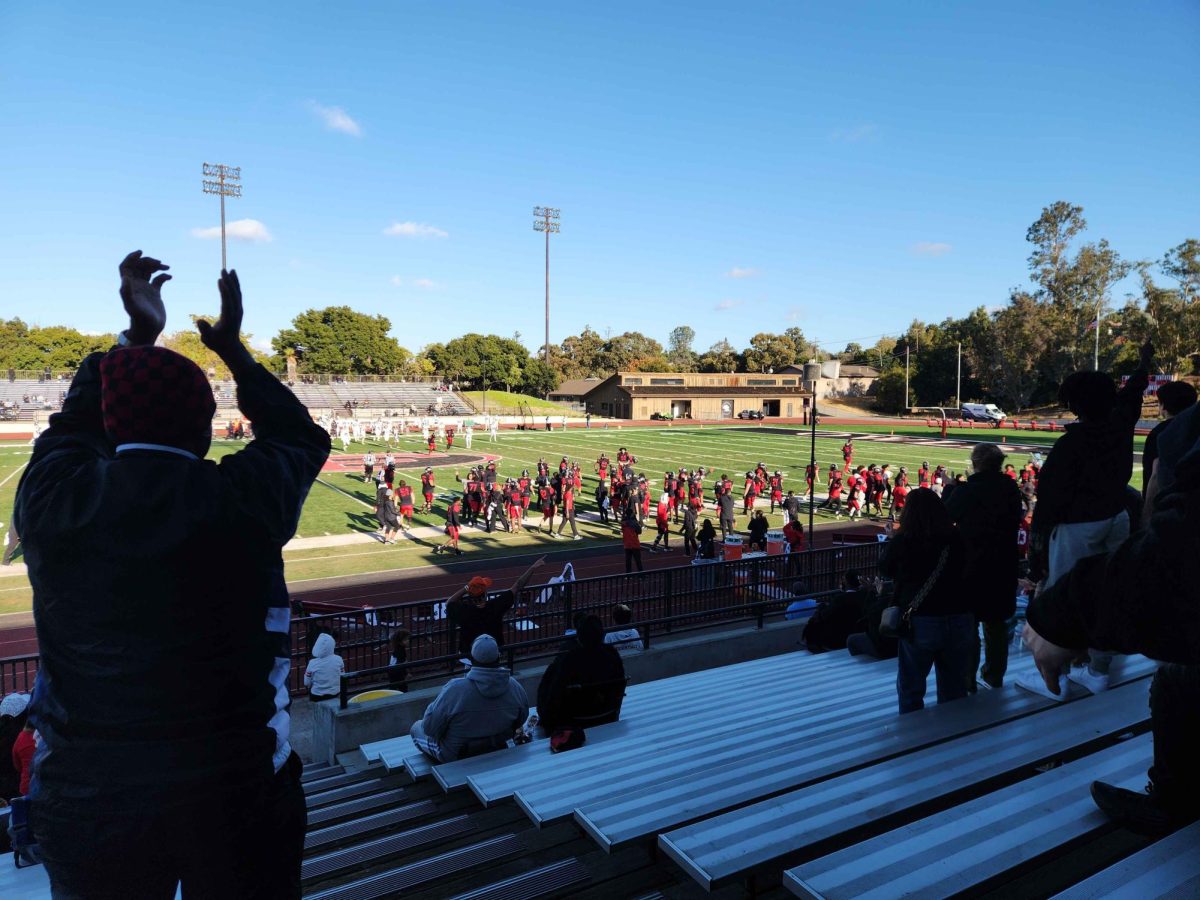


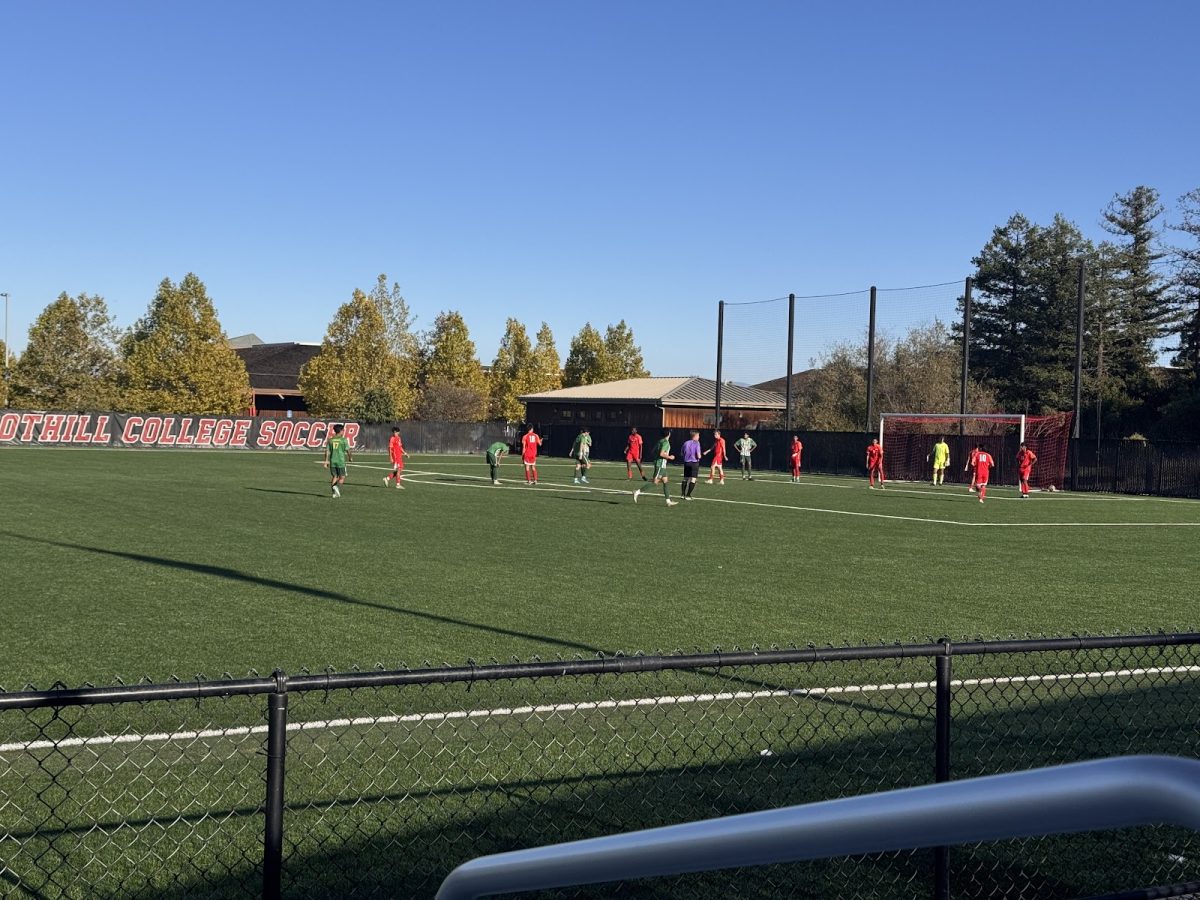


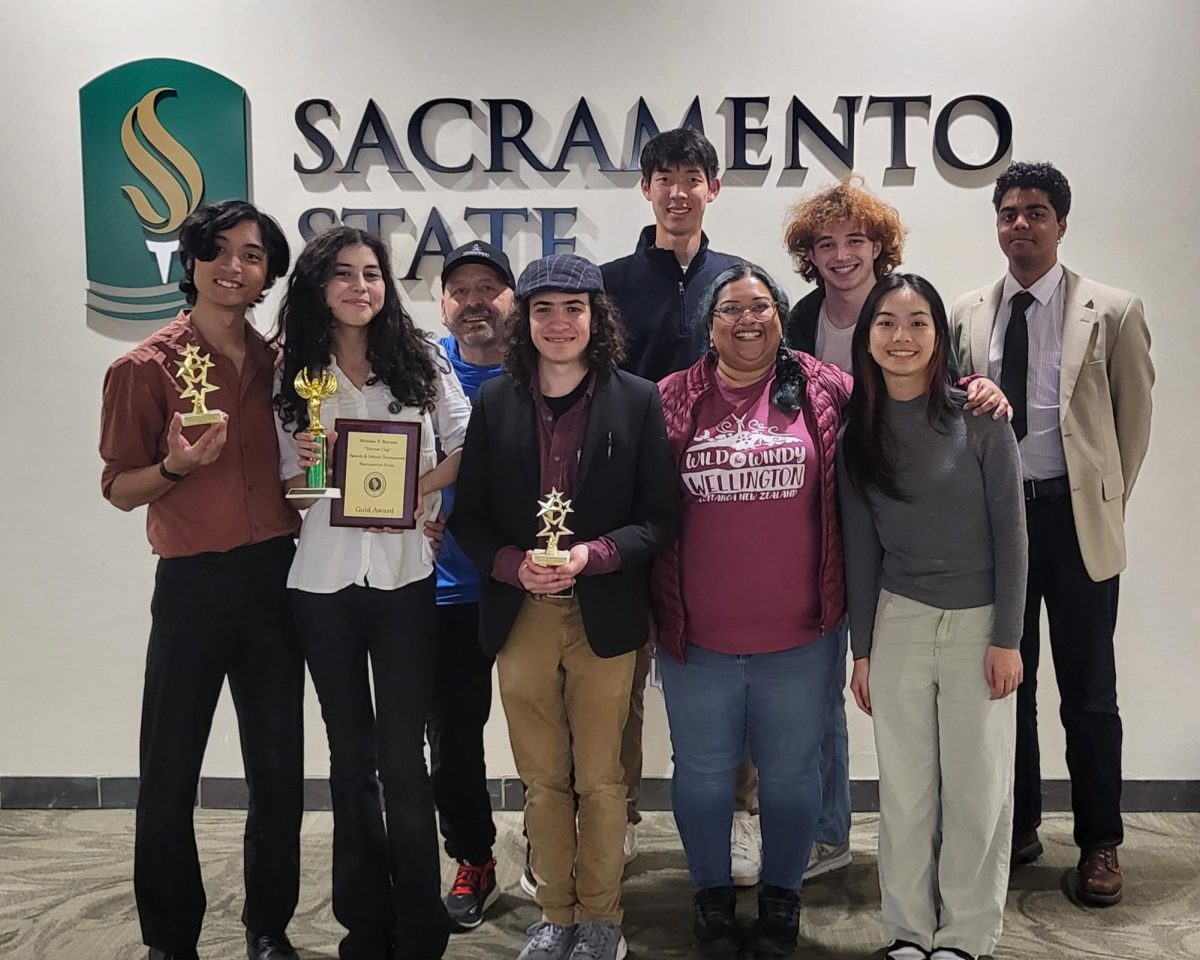
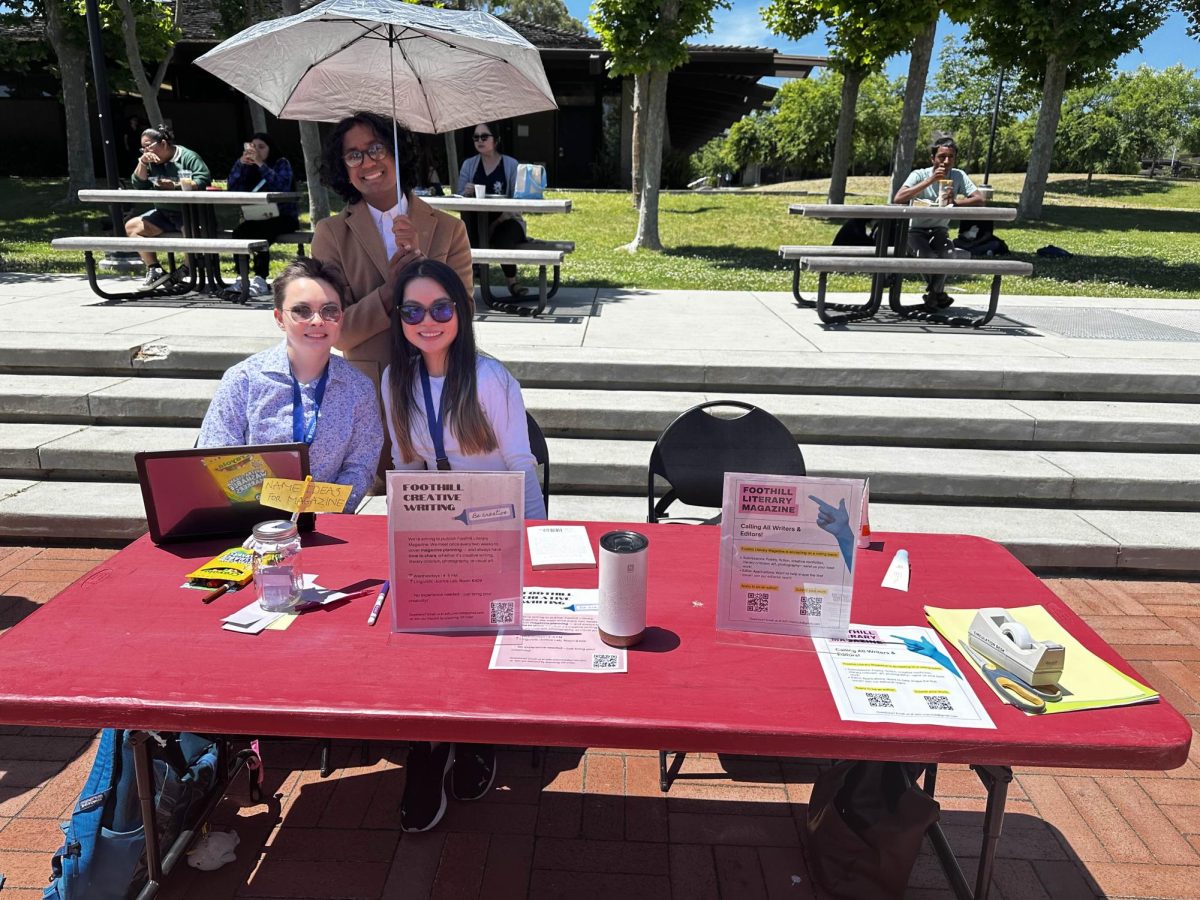





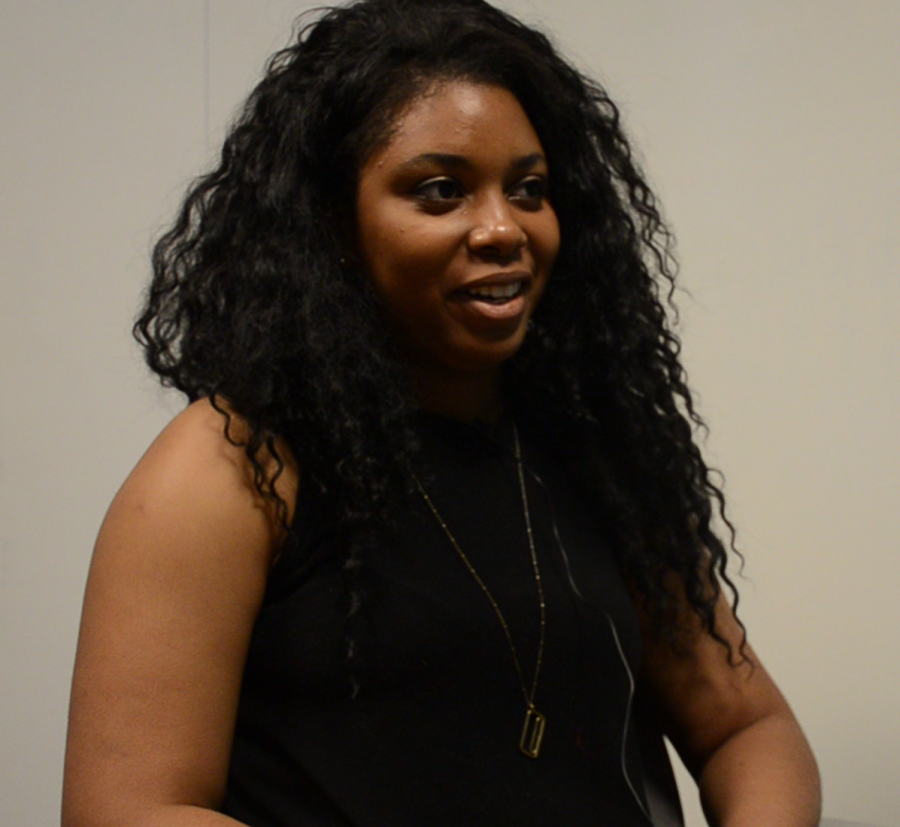
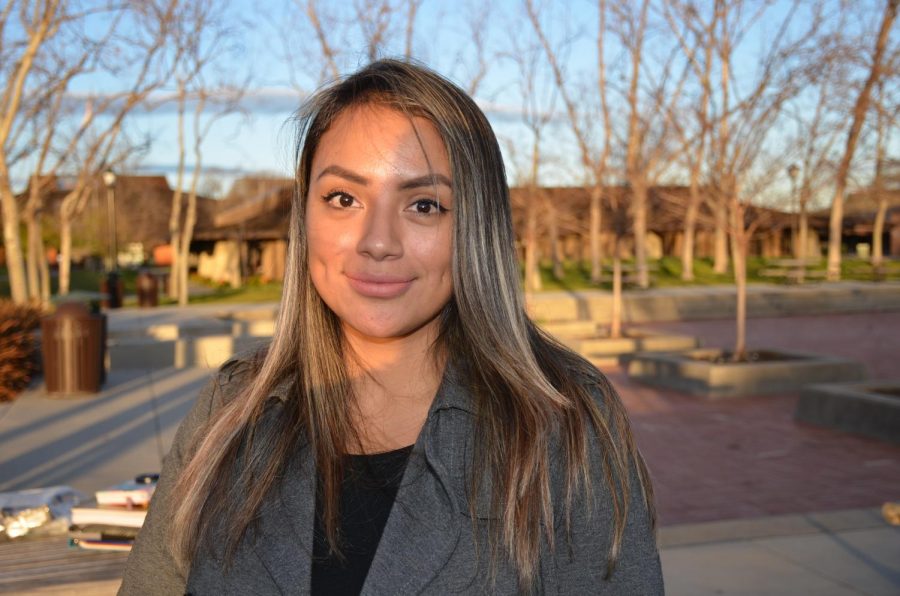

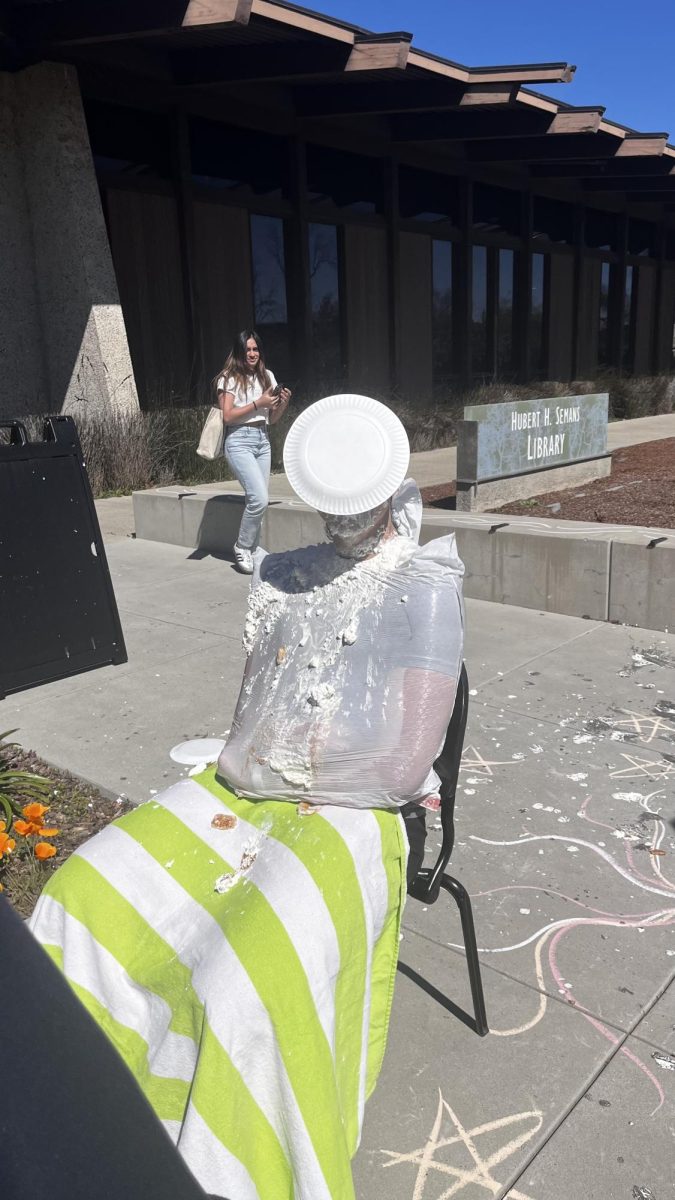






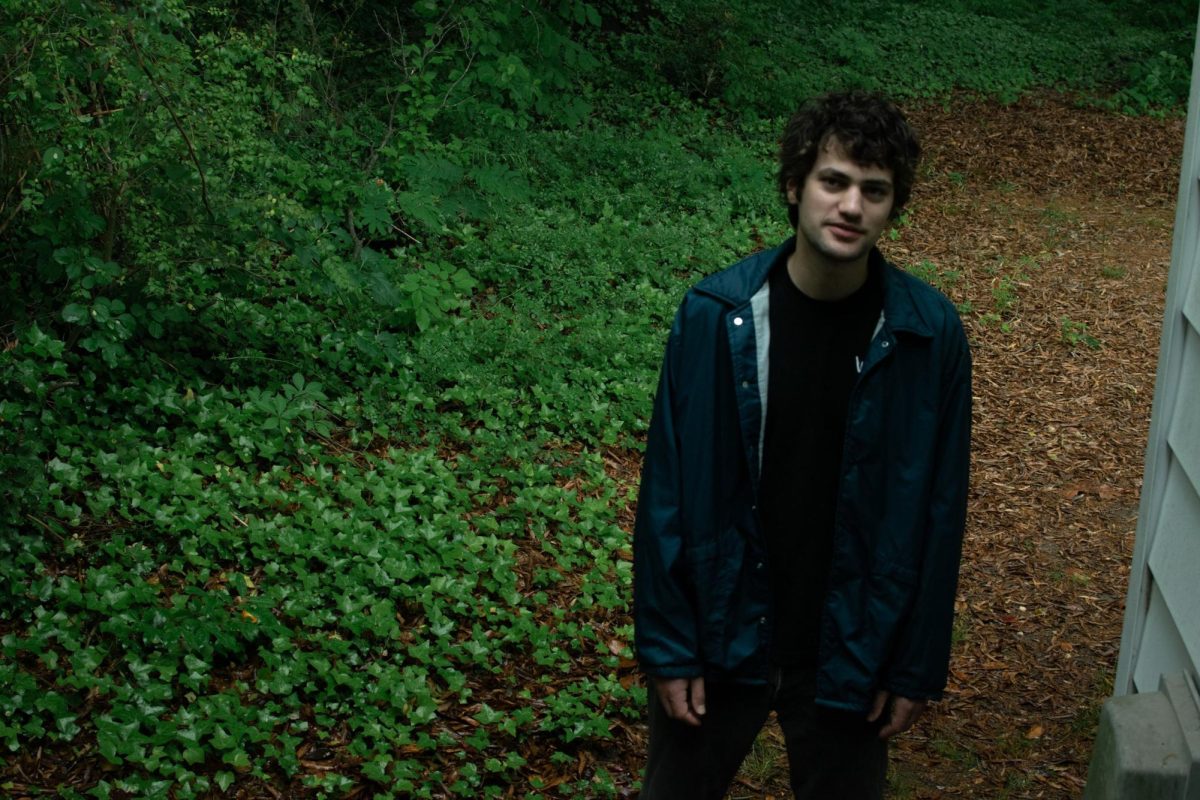
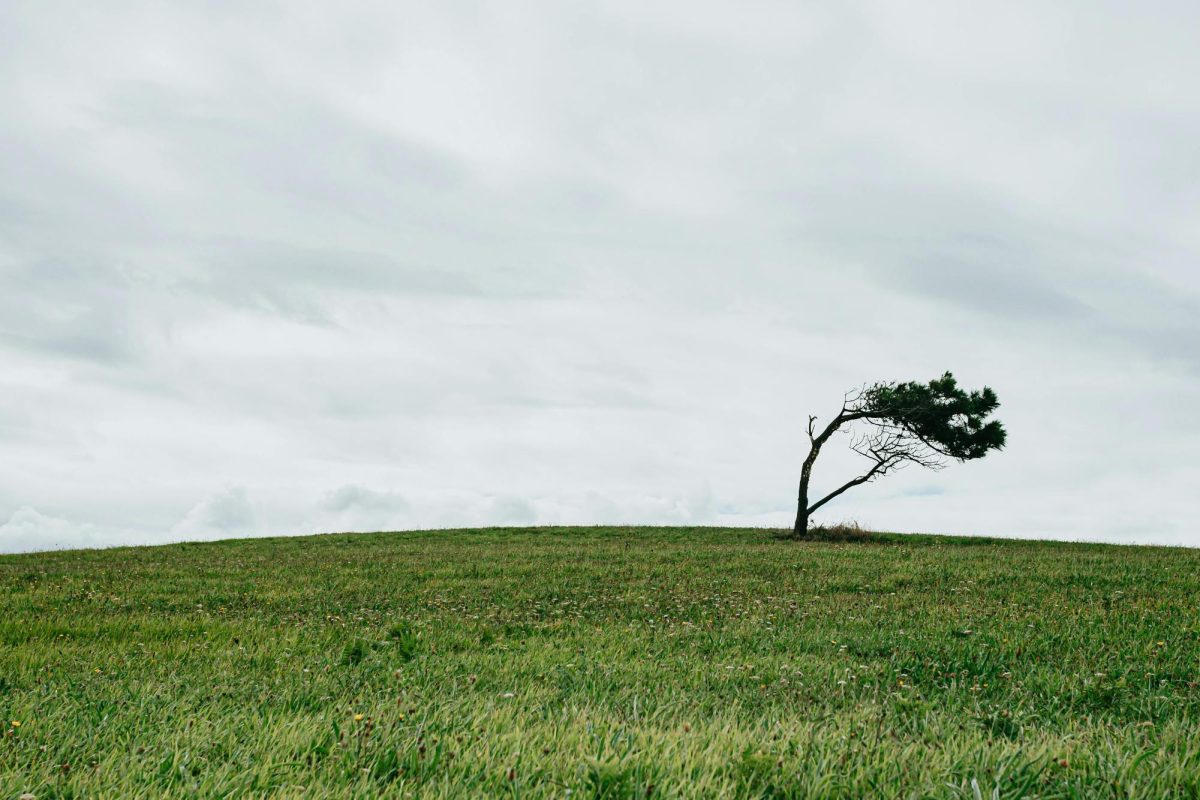

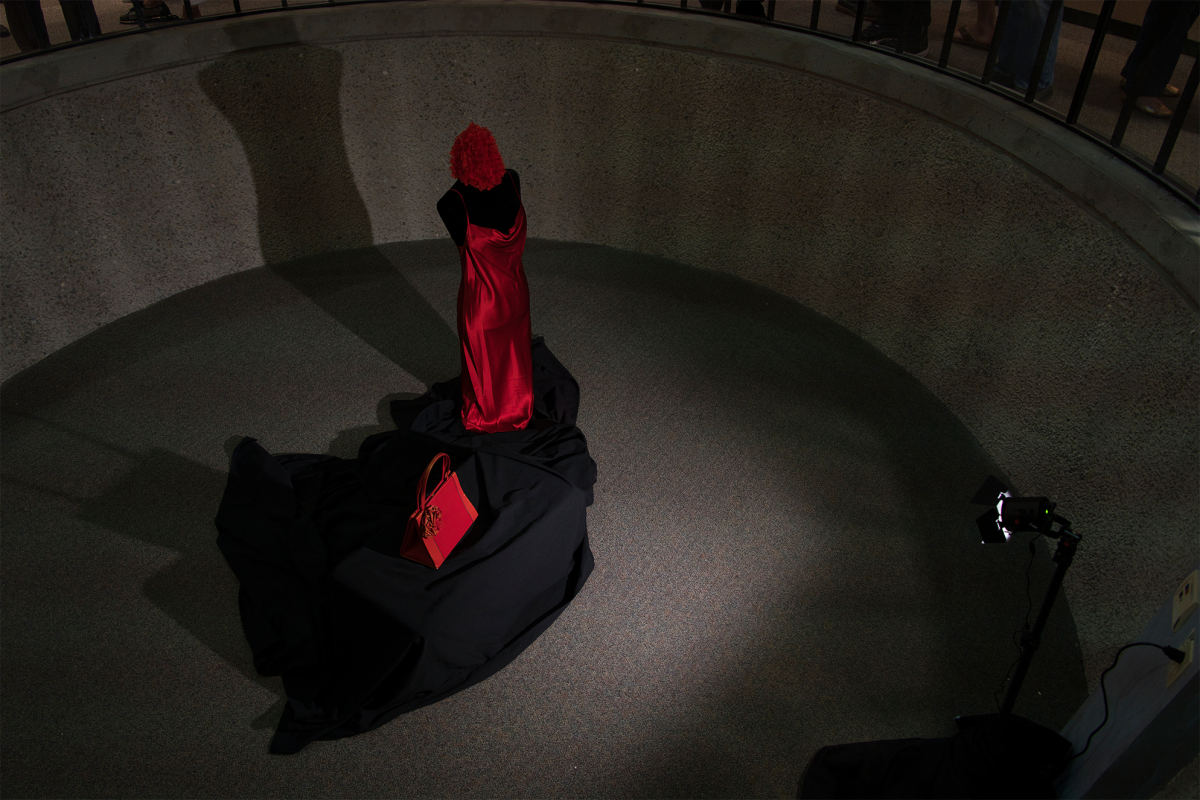

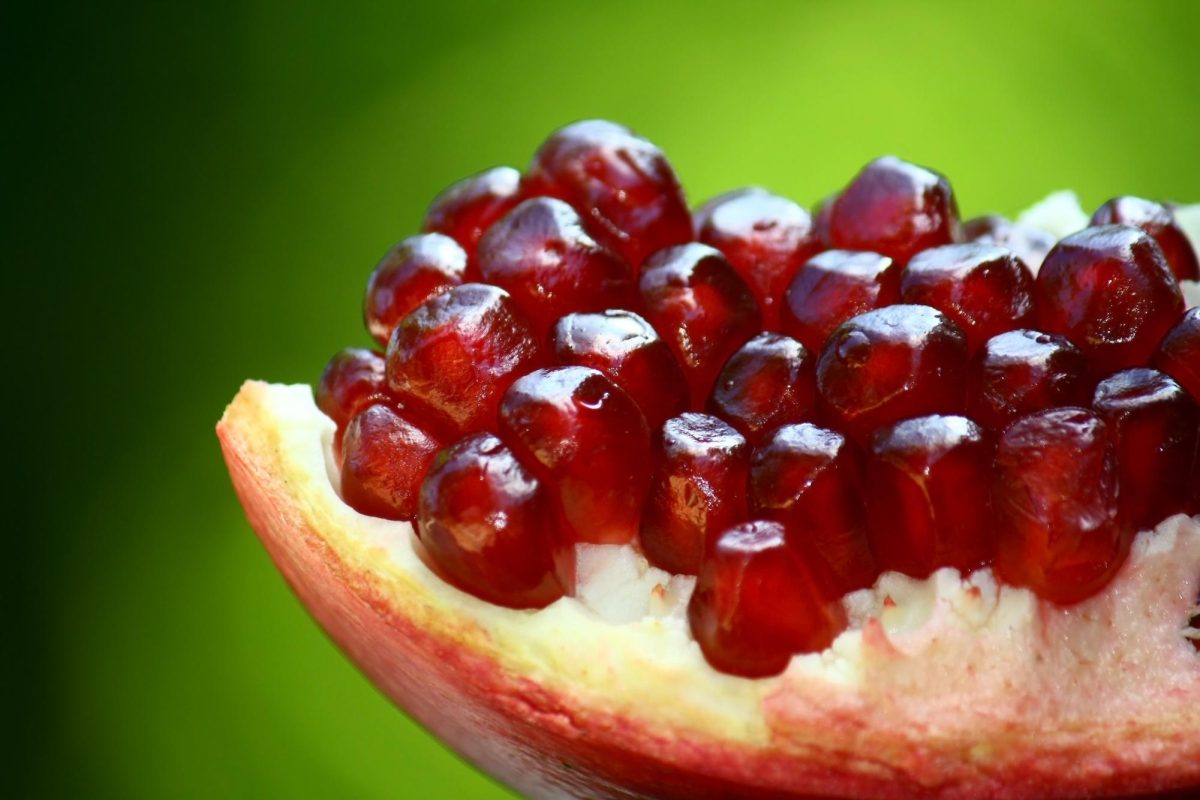
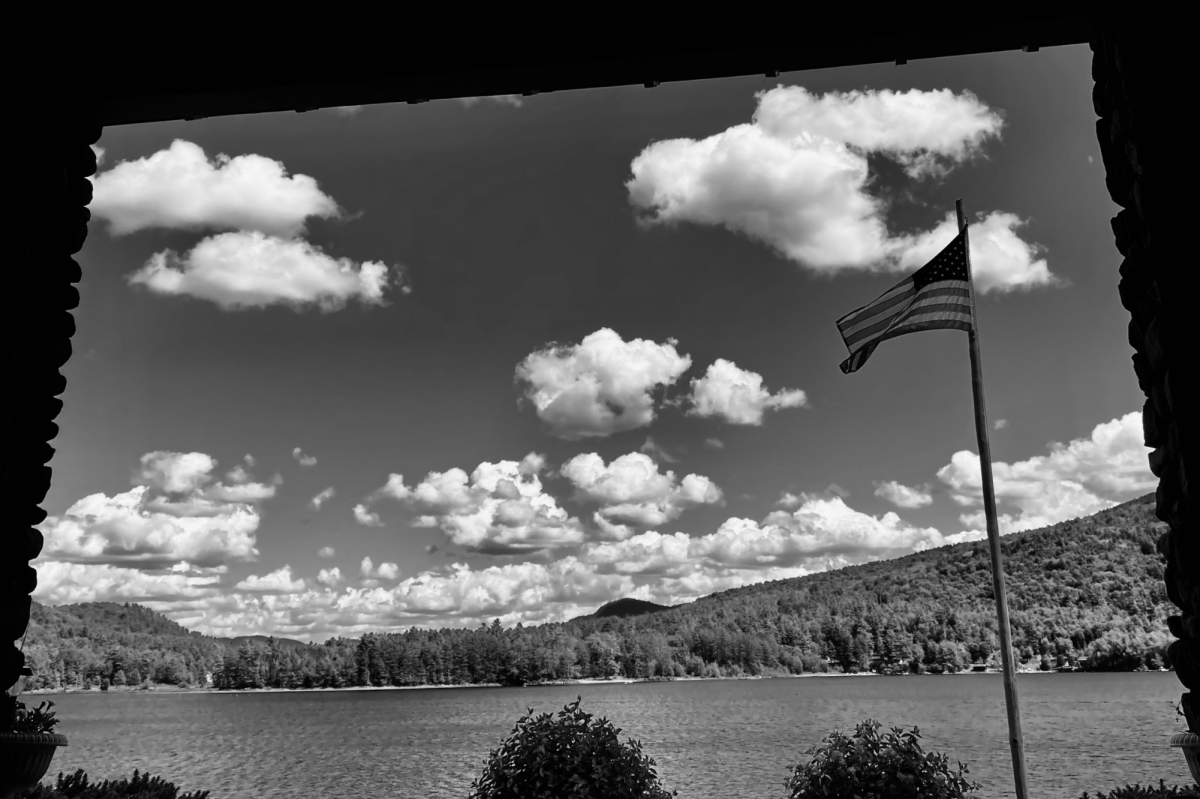
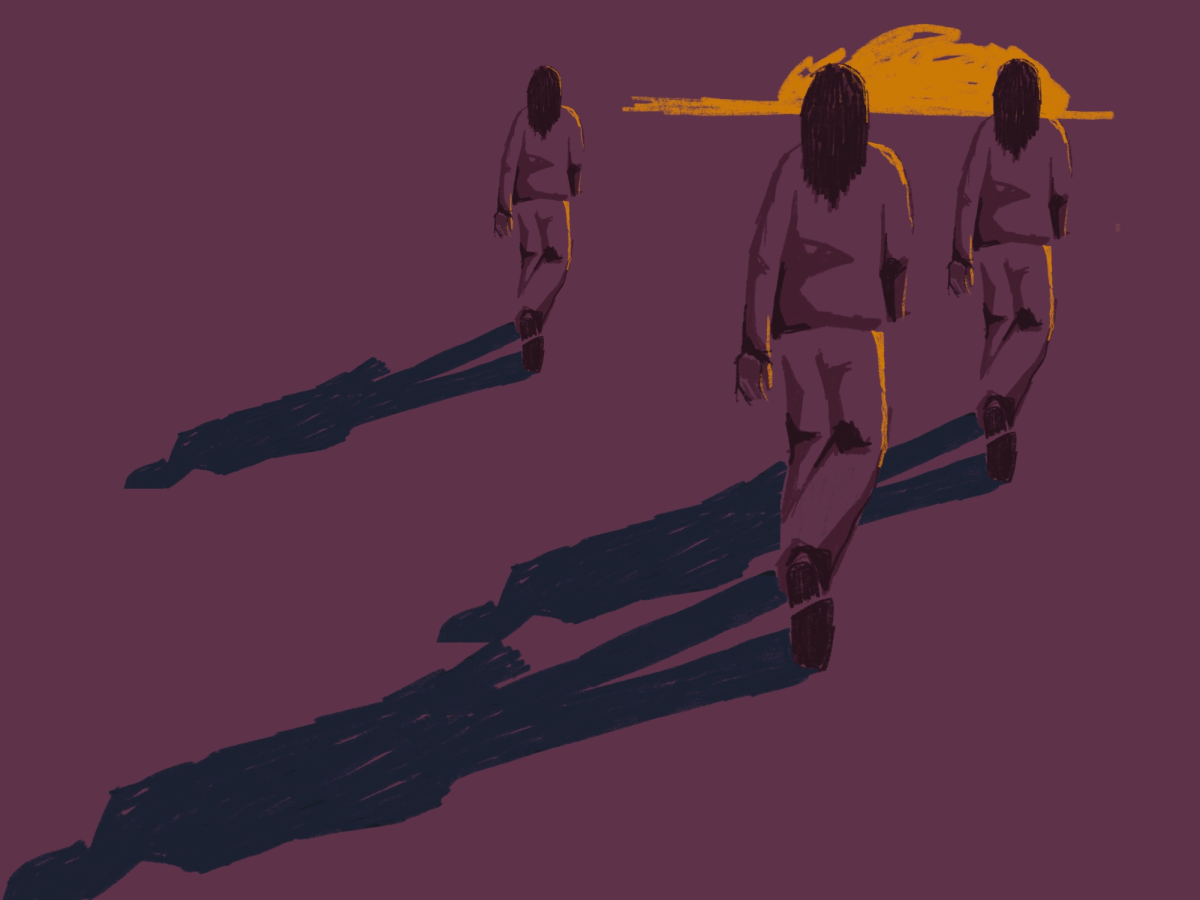

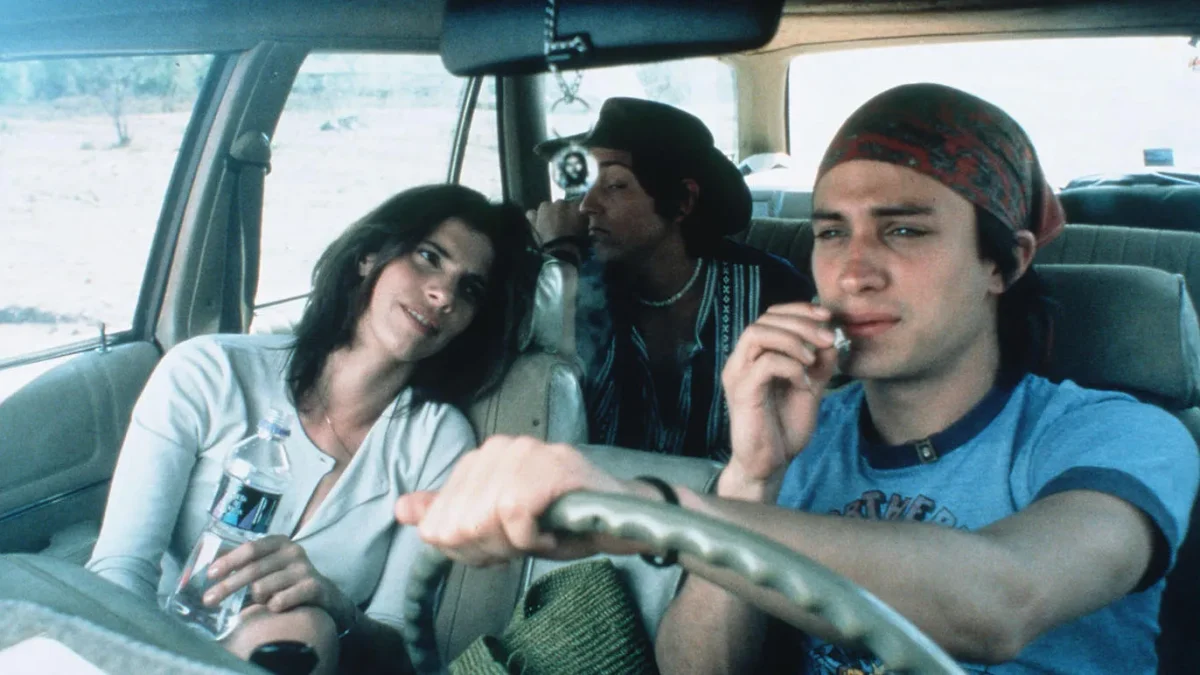

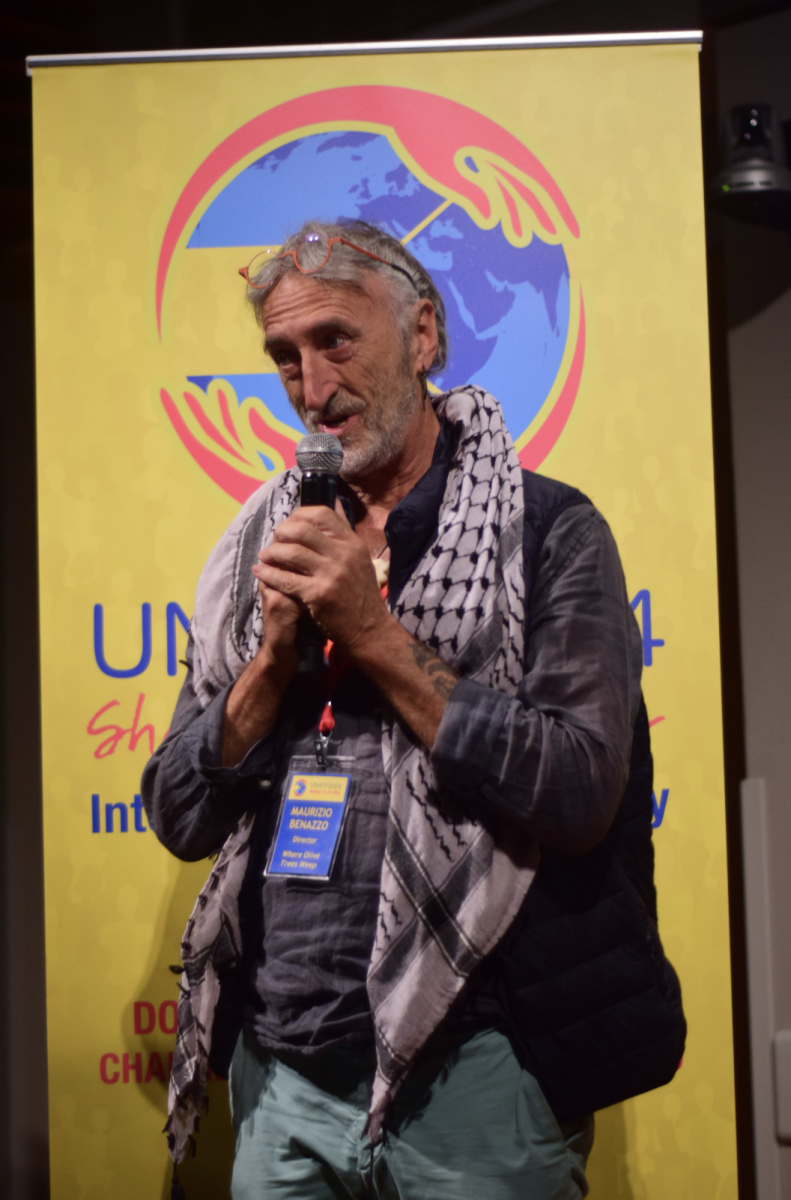
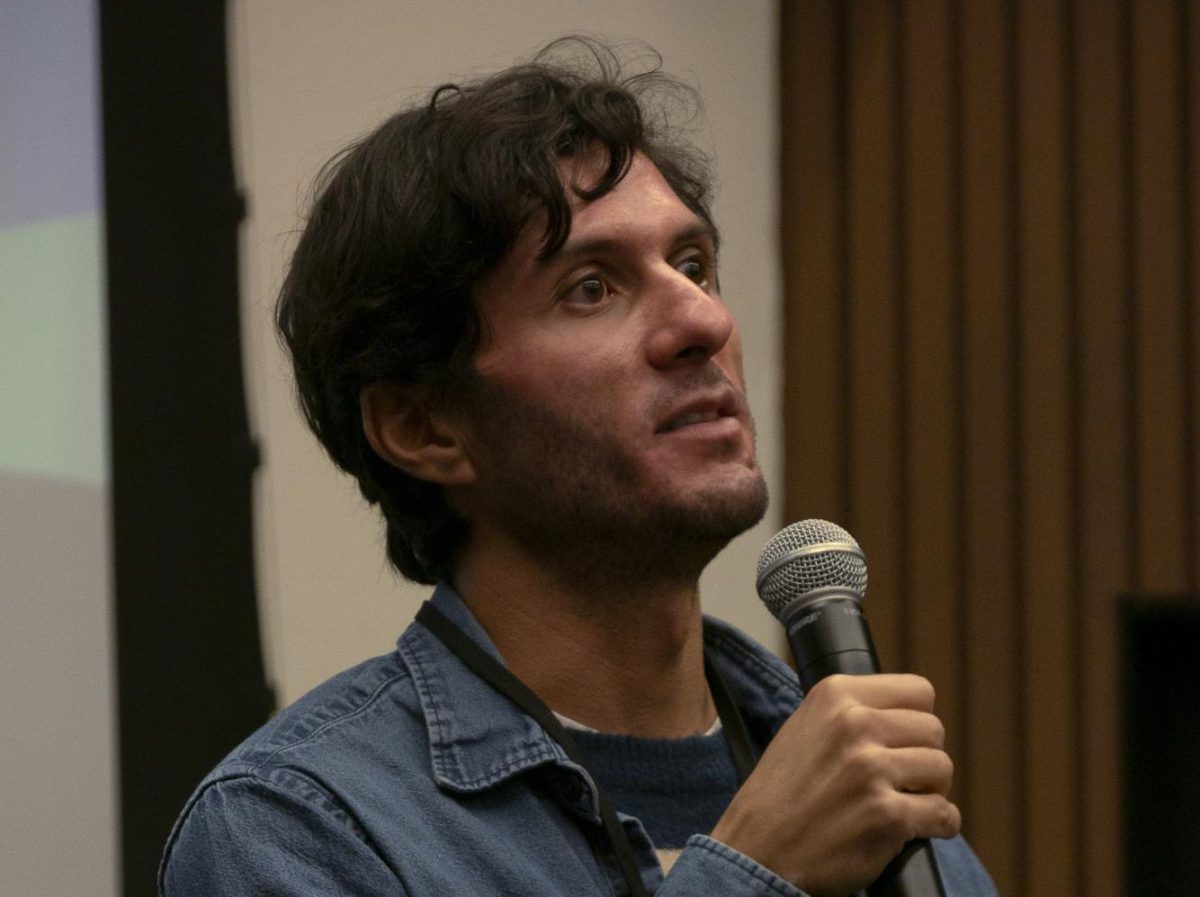
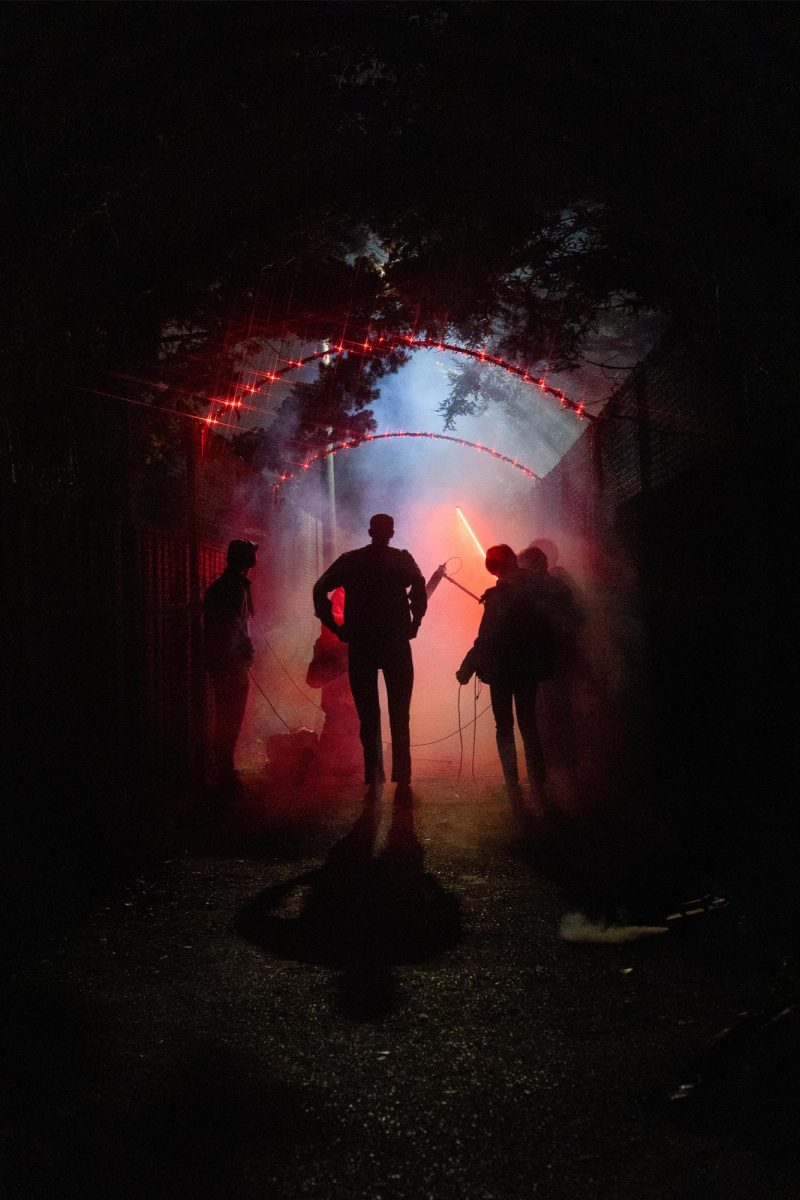




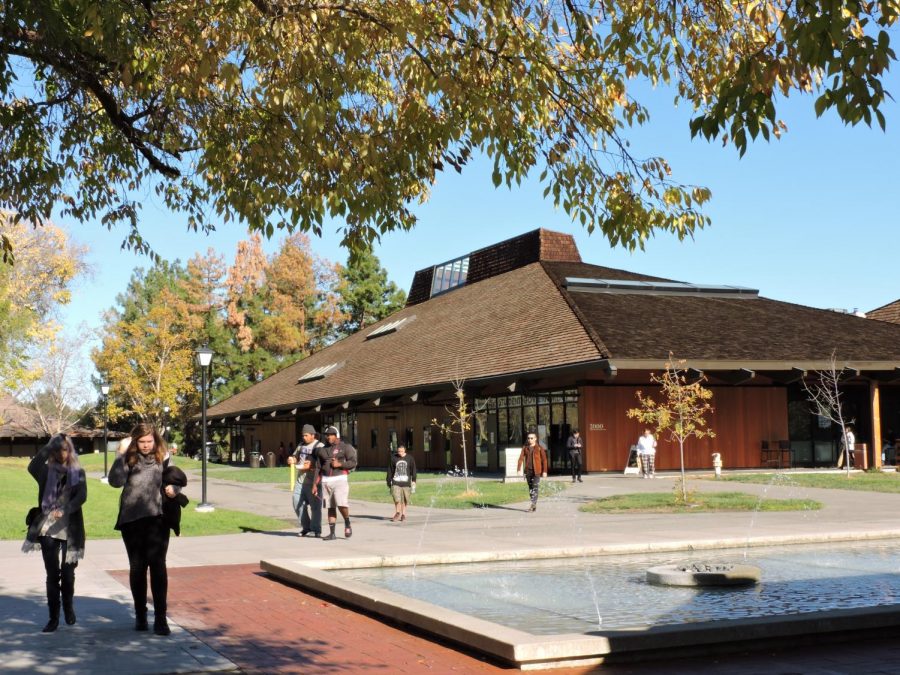





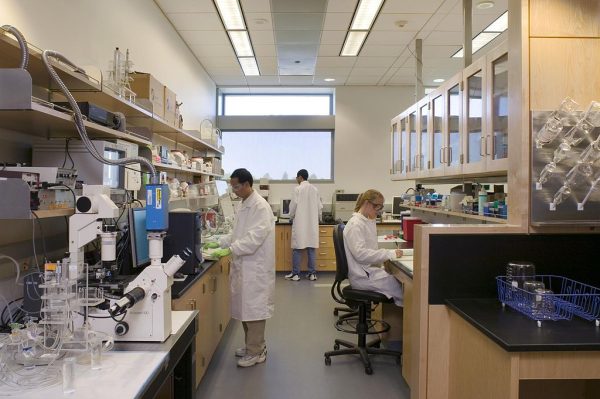
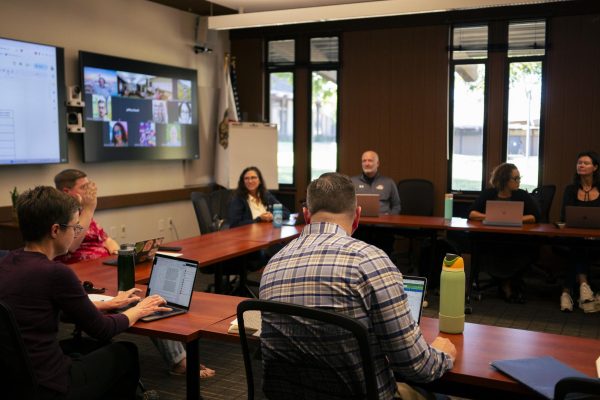



Ernest Kinsolving
Mar 31, 2018 at 3:09 pm
I appreciated the extensive links to source material, the climate-change tie-in, and the hopeful call to action (unlike Chris Mooney’s depressing _Washington Post_ article). Like Mr. Bukha, I would appreciate a clearer idea of what an individual can do. Given that eradication is no longer possible, are there ballot measures, organizations, or other means at an individual level that can be brought to bear on containment and mitigation? Would love to hear more.
Mikhail Buka
Mar 28, 2018 at 9:39 am
My comment is from a more technical point. You did a great job selling the importance of doing something about oak death after educating on what it is, how it works and it’s ramifications. However I don’t really know what to do now, even though you specified a meathod of dealing with the problem, I don’t know whether I should go buy some of that stuff and go around my neighborhood spraying it on the trees or is there an organization or a movement that I should support that will do all that for me?